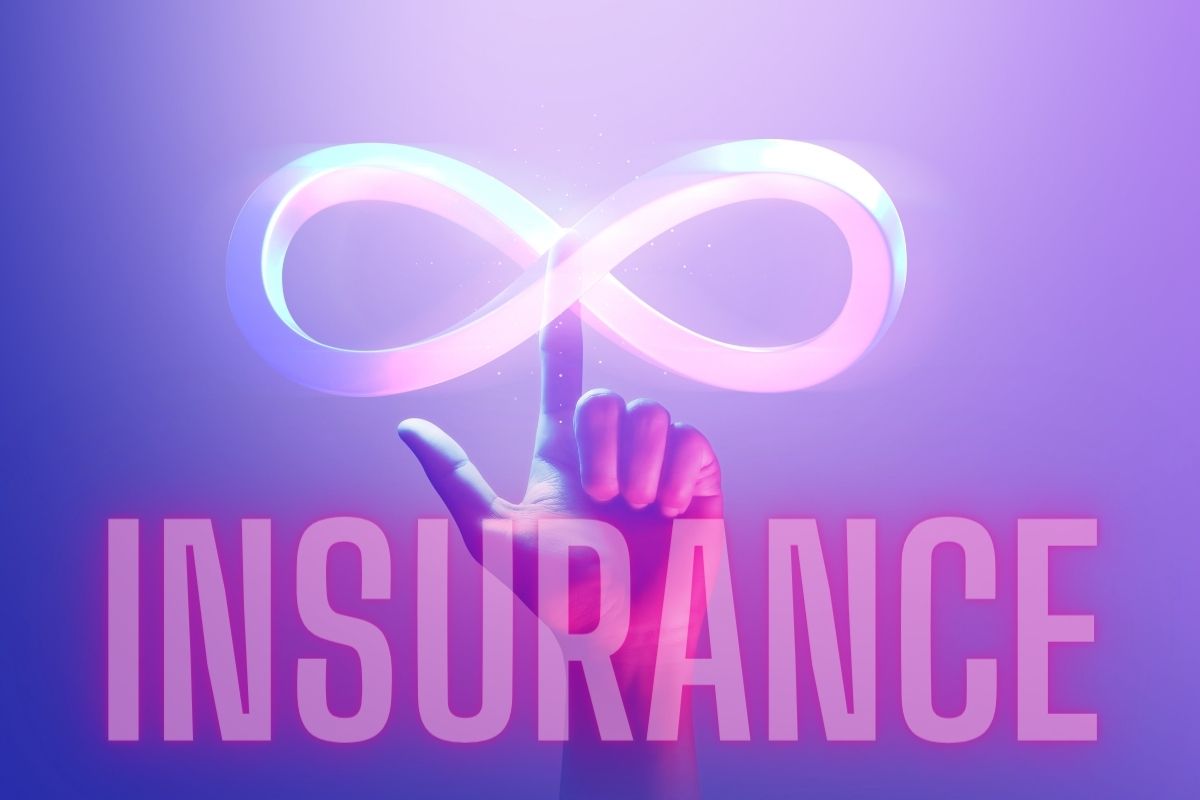Given the current hype surrounding the metaverse, Decentraland has emerged as one of this relatively new industry’s leaders since its launch in February 2020. A fully decentralized virtual world, Decentraland’s growth has been among the most successful. Even its most recent 14% dip in value has done little to quell the buzz investors and high-profile entities have shown.
Case in point, in March, IMA Financial Group announced that it was launching the first-ever metaverse insurance and risk management research and development facility in Decentraland. This bold move aims to set new industry services that include much-needed risk and coverage strategies within the virtual reality space. For now, though, the first focus for the IMA Web3Labs is non-fungible tokens (NFTs). But while this is a relevant effort given the huge role of NFTs in the metaverse, this still leaves many risky gaps for Decentraland investors.
Decentraland’s Beginnings
As mentioned earlier, Decentraland is a virtual world in which no single entity can monopolize or take back any virtual assets. As a 3D metaverse, Decentraland is an open-world platform punctuated by neon cartoonish graphics. While it does offer some minigames, they are generally considered relatively clunky compared to today’s standards. Instead, the main draw is its 90,000+ parcels of land that can be bought and built on. Some virtual plots have even sold for a whopping $2.43 million. A number of prominent organizations have even bought parcels. These include renowned companies like Samsung and Sotheby’s. In addition, Decentraland has also sold land to entities that have built structures or held activities. For example, Decentraland hosted the first digitized Australian Open. Decentraland is also home to the highly successful ICE Poker Casino. In a three-month period earlier this year, this metaverse casino raked in over $7 million.
On a more technical level, Decentraland (of course) is also connected to cryptocurrencies. Aside from the aforementioned LAND NFTs which are sold as goods within the platform, Decentraland is also powered by its native crypto called MANA. In Decentraland, MANA can be used to buy avatar upgrades, customization options, and the LAND NFTs. Presently, MANA is one of the most appealing cryptocurrencies mainly because one MANA is equivalent to roughly $1. As such, investors don’t have to shell out as much money to acquire a bigger crypto share.

Why Decentraland Needs Insurance Policies
So why does Decentraland need insurance policies? Because the very nature of the metaverse, much like crypto and NFTs it is highly volatile. Decentraland is also decentralized, so investors are not protected by any regulated safety nets. Plus, since Decentraland operates online, it’s incredibly vulnerable to cybercriminals. In fact, just this April 2022, another leading metaverse Axie Infinity fell victim to a massive hack. Considered one of the largest crypto heists of all, this allegedly resulted in a loss of over $600 million. Unfortunately, players affected by this now have “frozen” assets, because they’re unable to make crypto withdrawals from the game while the investigation is ongoing.
Given that the Axie Infinity hack is just one in a slew of similar hacks, many stakeholders are calling for more safety policies to be created. This is a bit tricky, though, given how new the field is and how much of crypto and the metaverse is rooted in anonymity. In some countries, though, crypto exchanges have tried to offer a healthy compromise to this. For instance in Canada, those who buy Decentraland MANA are protected by regulated trading platforms. Through these platforms, their MANA is safeguarded by qualified custodians who offer hack-proof cold storage. Not to mention these exchanges also work alongside partners like Coincover. This offers unique crypto-insuring tech that shields digital assets and protects investors against losses should a breach occur. But because these initiatives are not available to outside investors, this only underscores the very real need for more insurance providers and metaverse developers to look into similar services. Otherwise, when an inevitable cybercrime attack ensues, many Decentraland users will be left out in the open and will probably turn their back on it for good.
The Future of Metaverse Insurance
Fortunately, the fact that crypto exchanges and insurers are already dabbling in Decentraland means that more specific and comprehensive metaverse insurance policies are on their way. This month alone, insurers in the United States shared that they are looking into offering already existing services in the metaverse. Ideally, this means that users will be safer from digital fraud, theft, ransomware, and privacy breaches among other things. Unfortunately, though, regulators that are still trying to piece together a viable stand on crypto as a whole remain wary of offering insurance in the metaverse. This means, that for now, while the metaverse can be lucrative, it still remains an uninsured gamble.

